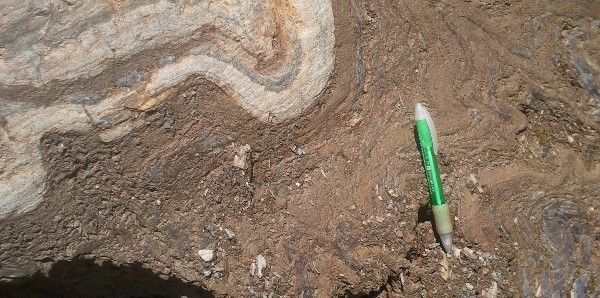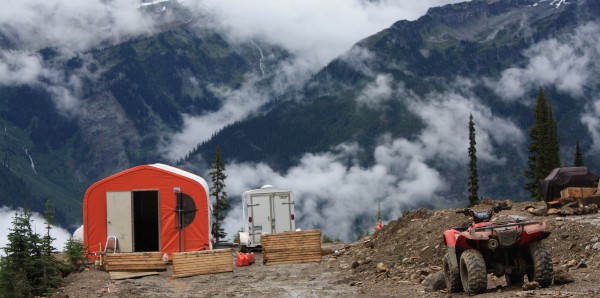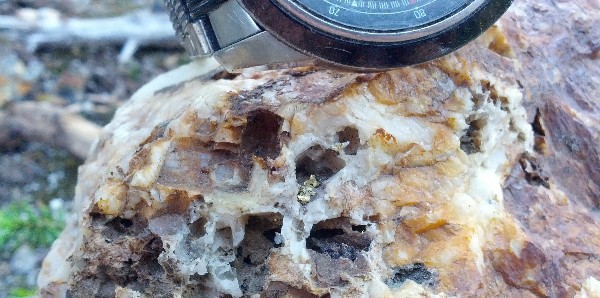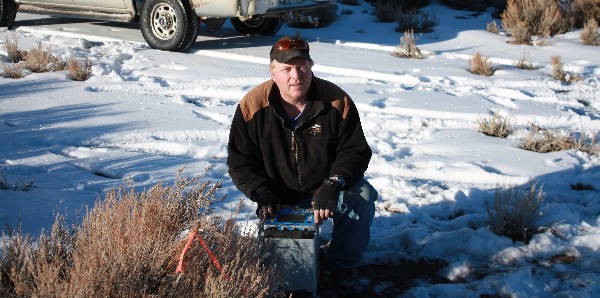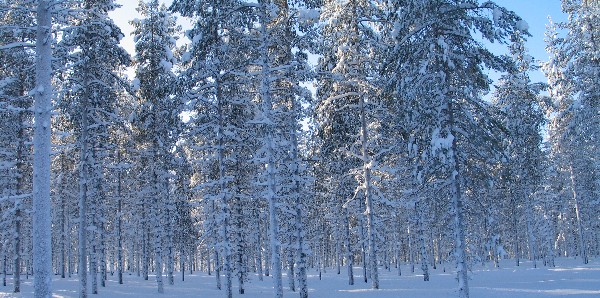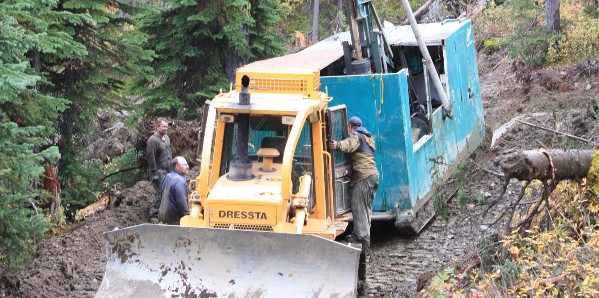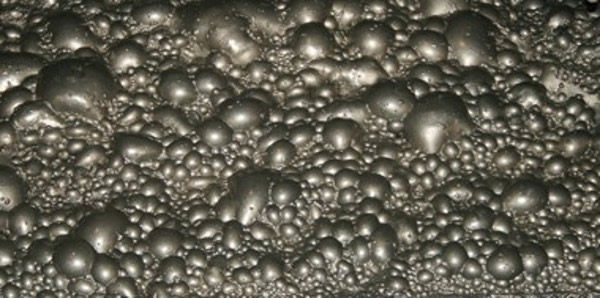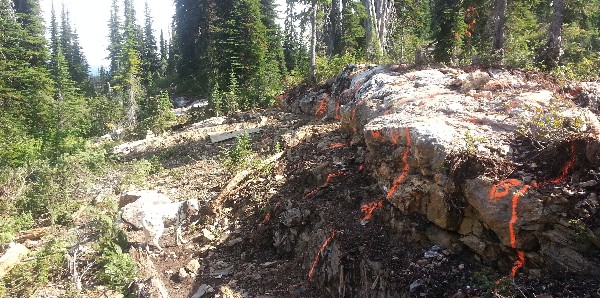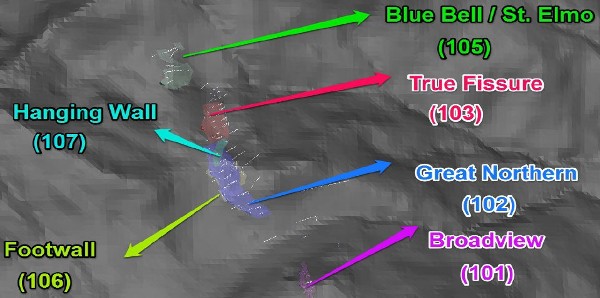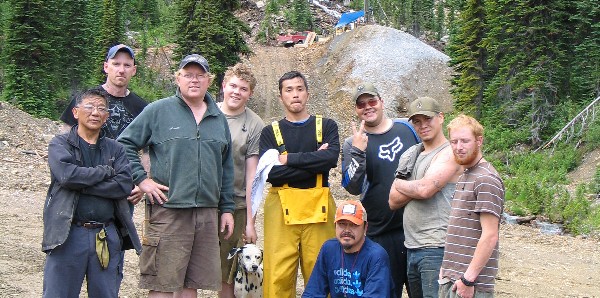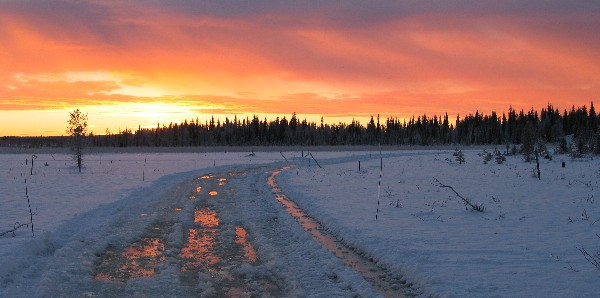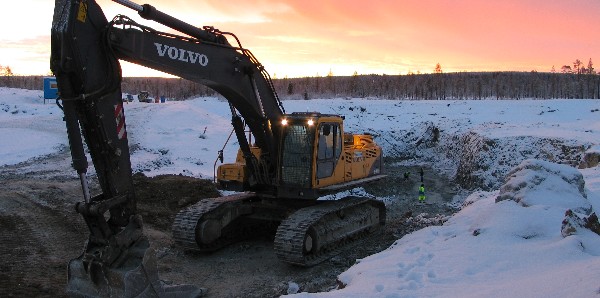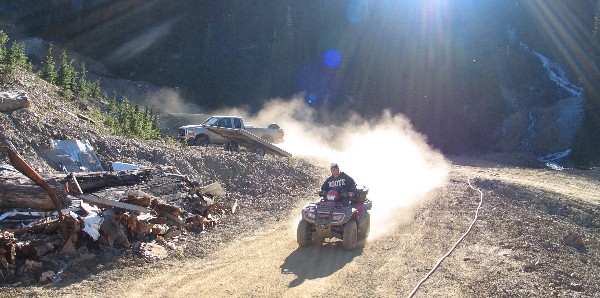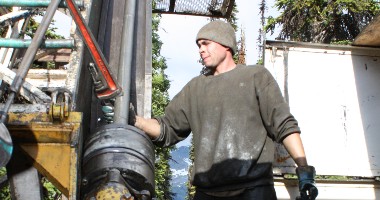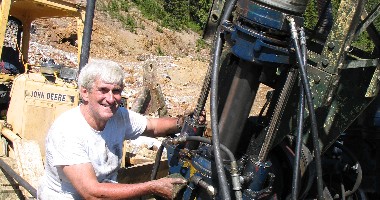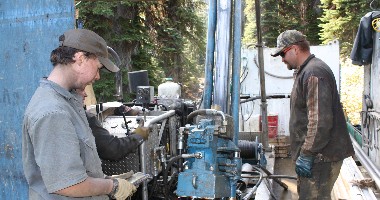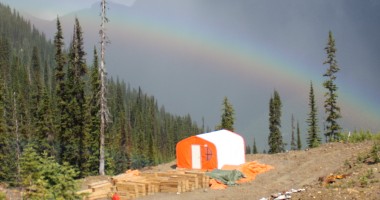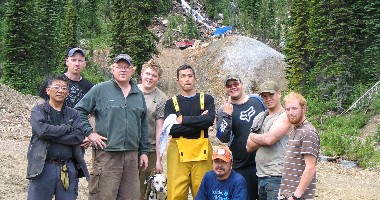Thor Bedding, Folding, Faulting and Lineations
Bedding - Bedding is the orginal sedimentary surface that was originally horizontal when the sulphide deposits were formed at Thor. If there was no deformation, these surfaces would be flat - almost layer cake in nature. What has happened at Thor is that the rocks have been folded into northwest trending folds and this is shown on the stereonet below.
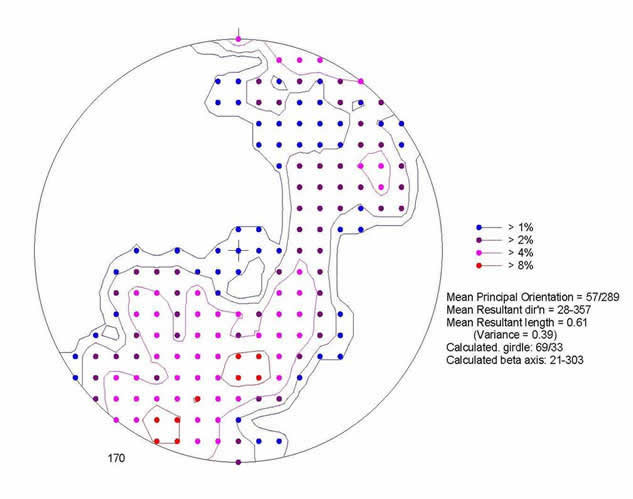
Folding - Another feature that can be easily measured on the ground, is the direction and plunge of the folds that have affected the rocks, and the mineralization in the area. In the figure below, the direction and plunge of the folds is measured, and this shows that almost all of the folds plunge to the northwest at a relatively shallow angle (~-25 degrees). There is a second smaller set of folds that plunge to the southeast, but these are relatively minor compared to the main fold direction. At Thor, much of the sulphide mineralization has been folded by the folds, indicating that the mineralization pre-dates the folding event.
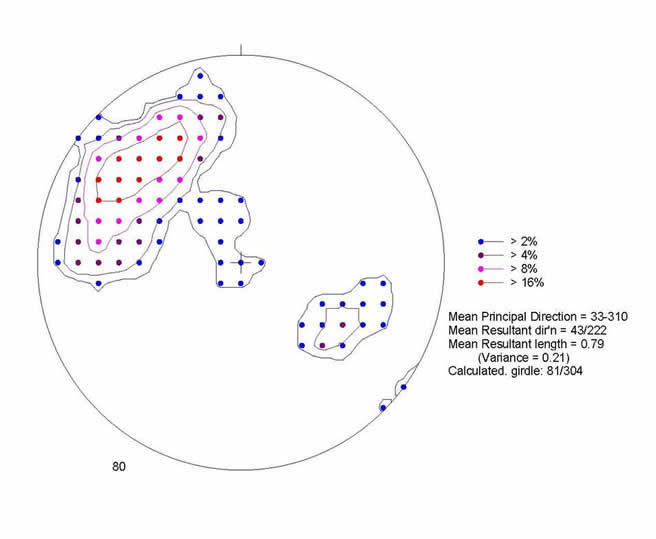
Foliation - At Thor, there is also a foliation surface that has been created that has been superimposed on the primary bedding surface. This shows that the foliation dips roughly vertical, but is inclined to the east for the most part. This foliation surface strikes northwesterly parallel to the major folds, but cross-cutts the bedding and the folds. This foliation surface is due to shearing and faulting, and is frequently accompanied by slickensides and lineation that indicated significant faulting. What is so important about this is that the mineralization cross-cuts this foliation surface, and has frequently been affected by this faulting - indicating that the mineralization is not structural in origin - but only strongly affected by this later deformational event.
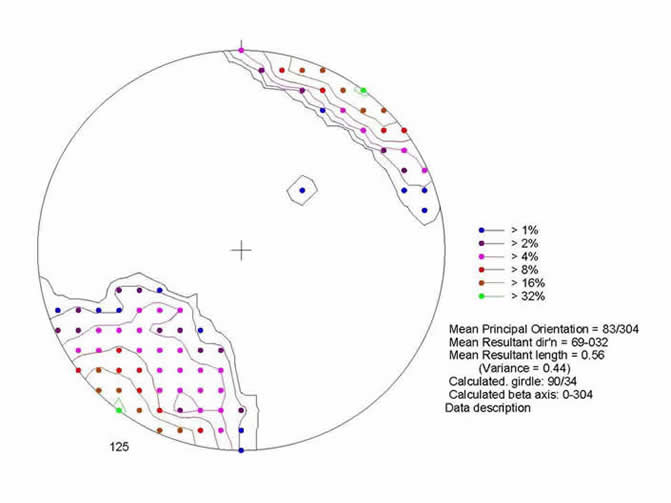
Lineation - Finally, where the primary stratigraphic surface (bedding) intersects the foliation surface shown above, it forms a pronounced lineation in the rocks. This lineation plunges shallowly to the northwest, roughly parallel to the folds. The mineralized horizons at Thor show a similar prounced "rodding" in the same direction.
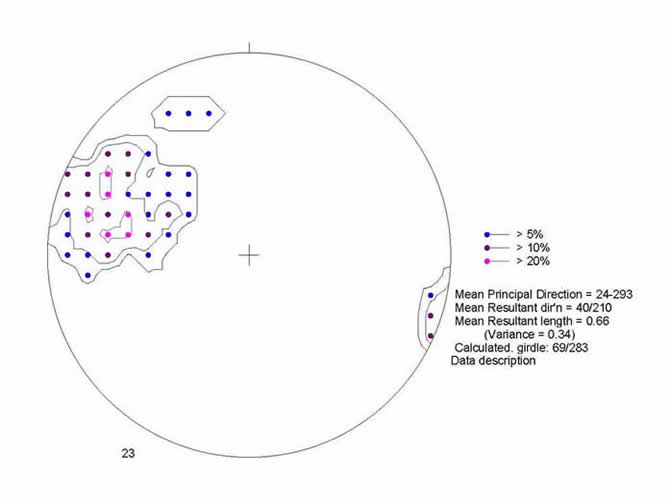
copy new product table here
